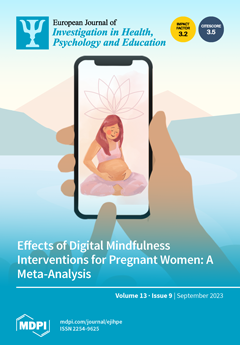Exercises for the core can be categorized as promoting core-stability, core-strength, or functionality, as these are crucial aspects of most sports activities. This study aimed to examine the effects of using core complex training (CCT), complex training (CT), and core exercise (CE) on
[...] Read more.
Exercises for the core can be categorized as promoting core-stability, core-strength, or functionality, as these are crucial aspects of most sports activities. This study aimed to examine the effects of using core complex training (CCT), complex training (CT), and core exercise (CE) on some aspects of muscle strength and shooting performance in basketball players. The 36 participants were divided into three groups of 12 each, and then the experimental approach was applied to each group. The groups were labeled as follows: the core complex training group (N = 12; age, 18.58 ± 0.67 years; height, 178.08 ± 0.79 cm; weight, 76.42 ± 1.38 kg; training age, 7.42 ± 0.51 years); the complex training group (N = 12; age, 18.50 ± 0.52 years; height, 177.92 ± 1.31 cm; weight, 76.67 ± 1.78 kg; training age, 7.33 ± 0.49 years); and the core exercise group (n = 12; age, 18.42 ± 0.52 years; height, 177.75 ± 1.29 cm; weight, 76.58 ± 1.38 kg; training age, 7.42 ± 0.67 years). For ten weeks, each of the three groups participated in three training sessions every week. This study investigates the impact of core complex training on basketball shooting ability and muscle strength. The eight-week program, consisting of weight training, plyometric exercises, and core exercises, yielded improvements in muscle strength and shooting accuracy. In tests of muscular strength and basketball shooting ability, the CCT group outperformed the CE and CT groups. The F value varied from 3.75 to 58.77, which are function values with a
p < 0.05 significance level. The core complex training group exhibited superior muscle strength to that of both the complex training group and the core exercise group, in some areas. This is shown in the results of the javelin quadrathlon medicine ball test, the core muscle strength and stability test, the sit-up abdomen test, the sit-up back test, the standing long jump test, the Sargent jump test, and the shooting test (
p < 0.005). Due to the effect of the core complex training program on improving performance efficiency and muscle strength, which affects the results of matches, we have recommended using the proven basic strength training program at other age stages, with the objective of including the concept, importance, and design of compound basic strength training in training programs used by basketball coaches.
Full article






